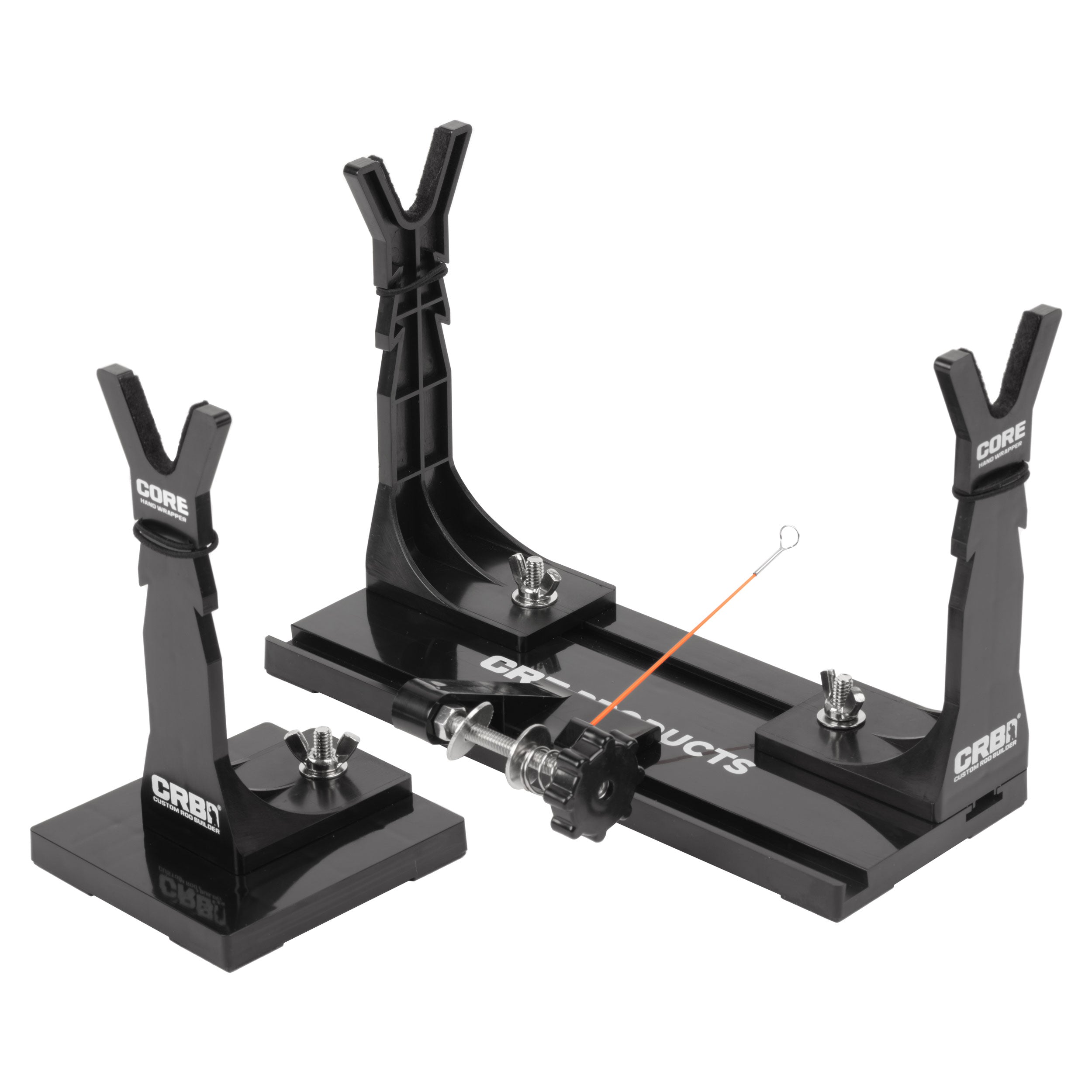Kevin Stenberg
Well-Known Member
I am in the process of making a jig to wrap the eyes on fishing rods. What I need is to keep constant tension on the tread. But I am unsure about what dia. of spring steel wire would put too much tension on the thread to break it, or so week that it kept little tension on the thread.
If someone knows of some kind of chart that would show the bending resistance of different size wires I am thinking that will tell me what size I need to order.
I have already looked at Evilbay and they have many different dia. that I can choose from, I just need to know what dia. would be best for what I want to do.
If someone knows of some kind of chart that would show the bending resistance of different size wires I am thinking that will tell me what size I need to order.
I have already looked at Evilbay and they have many different dia. that I can choose from, I just need to know what dia. would be best for what I want to do.


